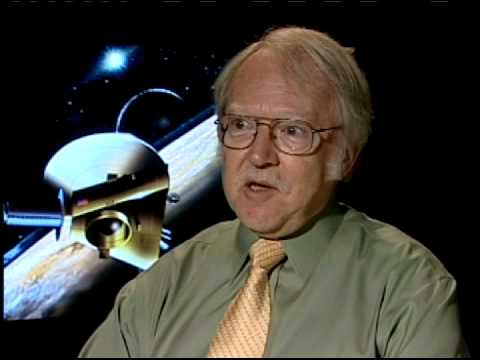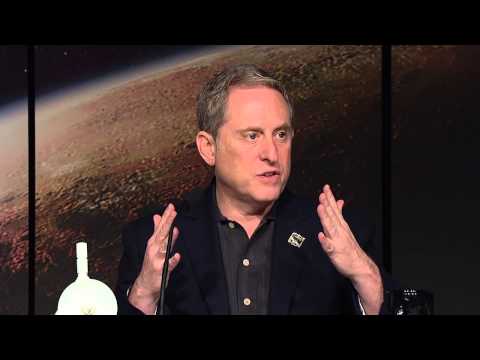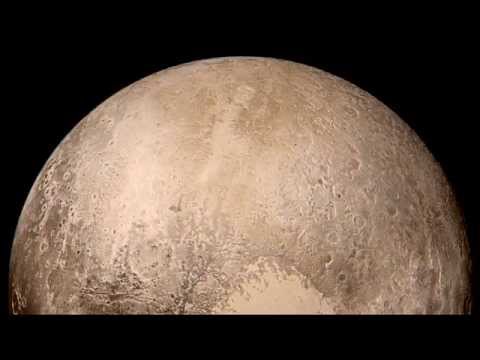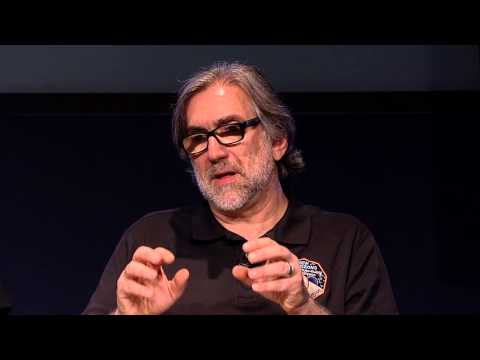NASA’s New Horizons Spacecraft: Seeing Pluto as Never Before
In NASA first of two televised briefings on Tuesday, April 14, plans and upcoming activities about the agency’s mission to Pluto that will make the first-ever close flyby of the dwarf planet on July 14 were discussed.
Briefers described the mission’s goals and context, scientific objectives and encounter plans – including what images can be expected and when.
New Horizons already has covered more than 3 billion miles since it launched on Jan. 19, 2006. The spacecraft will pass Pluto at a speed of 31,000 mph taking thousands of images and making a wide range of science observations. At a distance of nearly 4 billion miles from Earth at flyby, it will take approximately 4.5 hours for data to reach Earth.
Participants for 1-2 p.m. discussion were:
– John Grunsfeld, astronaut and Science Mission Directorate associate administrator, NASA Headquarters, Washington
– James Green, director of Planetary Science, NASA Headquarters
– Alan Stern, New Horizons Principal Investigator, Southwest Research Institute, Boulder, Colorado
– William McKinnon, New Horizons Co-Investigator, Washington University in St. Louis
– Cathy Olkin, New Horizons Deputy Project Scientist, Southwest Research Institute, Boulder, Colorado





A very well done board discussion. Very composed and interesting speakers. And a cool backstory regarding the mission.
Thanks for the effort in putting this on.
misleading–"seeing pluto as never before" this was just talk and more talk.
Blabla
Wow technologies are becoming so advanced …. imagine what we will see in 20 yrs plus time. We are thrilled to know all this and hopefully out of our solar system will have many more exciting adventures thx ;-)))
Si fuera traducido en Español seria mejor; gracias !
What are the odds that the probe could travel over 3 billion miles through space without hitting so much as a grain of sand??
At 40,000 mph that grain of sand would punch a hole in the craft big enough to stick your fat head into.
Something the size of a screw would total it off.
I crunched the numbers and I have a better chance of being struck by lightning originating on Venus.
The way I see it,
All those unemployed gamer programmers got to have something to do.
A dozen gamer programmers is a fraction of the cost NASA has spent.
So…odds are in favor its all fake…everything.
The gamer's are simply sending everything they created back to NASA via a secure connection.
NASA is no wiser.
And besides, Joe Q PUBLIC wouldn't know sh$t from honey if his mouth was full of it
HMMMMMM!!!
MOST INTERESTING LECTURE INDEED!!
THANKS FOR THE POSTING.
FROM(U.K.)
Isso resolve 100% dos nossos problemas, que maravilha!
How dose it navigate for 10 Years and 3 Billion Miles! when you can not see it from the Earth and a long way from the sun so what powered it for 10 Years as the sun would be to week for solar power Zero Point Energy ion drive maybe
This is the greatest scientific discovery of the 21st century!
binh thuong